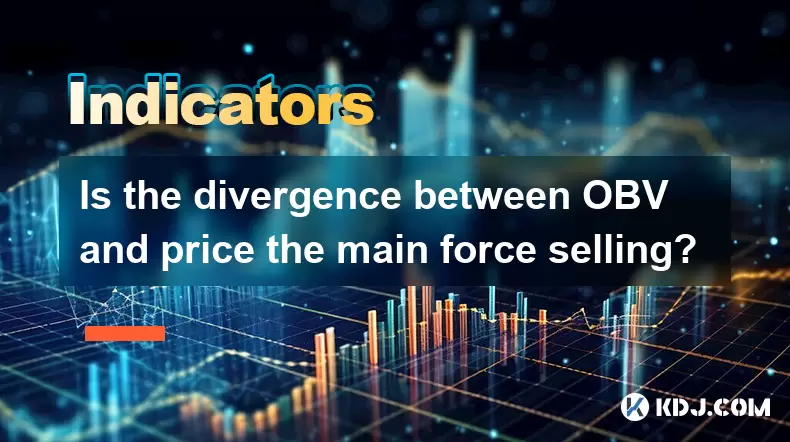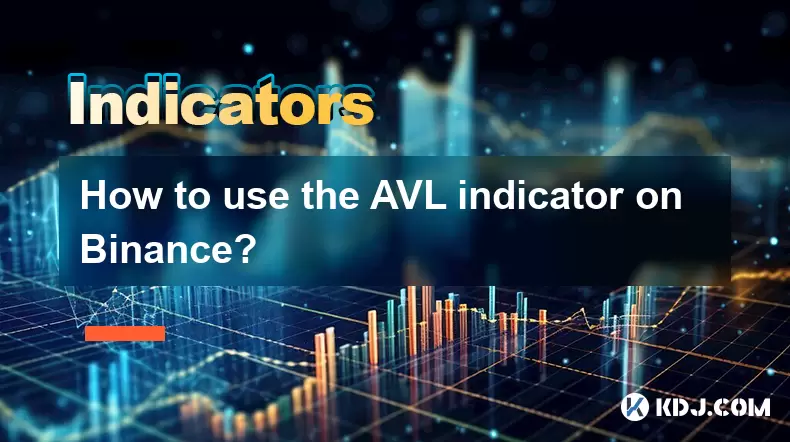-
 Bitcoin
Bitcoin $117700
-0.03% -
 Ethereum
Ethereum $3805
0.49% -
 XRP
XRP $3.098
-1.00% -
 Tether USDt
Tether USDt $1.000
0.03% -
 BNB
BNB $792.8
-1.72% -
 Solana
Solana $177.9
-1.95% -
 USDC
USDC $1.000
0.02% -
 Dogecoin
Dogecoin $0.2202
-1.55% -
 TRON
TRON $0.3278
-2.92% -
 Cardano
Cardano $0.7641
-2.43% -
 Hyperliquid
Hyperliquid $42.21
-2.68% -
 Sui
Sui $3.758
-1.58% -
 Stellar
Stellar $0.4080
-3.21% -
 Chainlink
Chainlink $17.75
-0.33% -
 Bitcoin Cash
Bitcoin Cash $591.8
4.96% -
 Hedera
Hedera $0.2561
-3.09% -
 Avalanche
Avalanche $23.34
-4.24% -
 Litecoin
Litecoin $110.7
1.96% -
 UNUS SED LEO
UNUS SED LEO $8.956
-0.01% -
 Toncoin
Toncoin $3.410
0.79% -
 Ethena USDe
Ethena USDe $1.001
0.03% -
 Shiba Inu
Shiba Inu $0.00001288
-1.82% -
 Uniswap
Uniswap $10.07
-2.06% -
 Polkadot
Polkadot $3.807
-2.27% -
 Monero
Monero $308.2
-2.15% -
 Dai
Dai $1.000
0.03% -
 Bitget Token
Bitget Token $4.521
-0.30% -
 Pepe
Pepe $0.00001134
-1.52% -
 Cronos
Cronos $0.1457
0.65% -
 Aave
Aave $274.9
-2.47%
Is the divergence between OBV and price the main force selling?
OBV divergence can signal weakening trends in crypto by showing volume-price imbalances, often hinting at potential reversals or force-sell scenarios when confirmed with other indicators.
Jun 20, 2025 at 08:21 pm

Understanding On-Balance Volume (OBV) and Its Role in Price Analysis
On-Balance Volume (OBV) is a technical indicator that uses volume flow to predict changes in stock or cryptocurrency prices. It was introduced by Joseph Granville in the 1960s and has since been widely adopted in both traditional financial markets and the cryptocurrency space. The core idea behind OBV is that volume precedes price movement. When volume increases without a corresponding change in price, it may signal an upcoming shift.
In the context of cryptocurrencies, where volatility is high and market sentiment plays a significant role, OBV can be particularly useful. By tracking whether volume is flowing into or out of an asset, traders can gain insights into underlying buying or selling pressure. A rising OBV typically indicates accumulation, while a falling OBV suggests distribution.
What Is Divergence Between OBV and Price?
Divergence occurs when the direction of the OBV line does not align with the direction of the price chart. For instance, if the price of a cryptocurrency is making higher highs but the OBV is making lower lows, this is considered bearish divergence. Conversely, if the price is making lower lows but OBV is making higher highs, it's seen as bullish divergence.
This kind of divergence often raises red flags among traders because it implies that the current trend may not be supported by volume. In crypto trading, where large whales can manipulate short-term movements, divergence can act as a counterbalance to misleading price action. However, divergence alone should not be used as a standalone sell signal—it must be confirmed by other indicators or patterns.
How Does OBV Divergence Reflect Selling Pressure?
When OBV diverges from price, especially in an uptrend, it may suggest that the rally is losing steam. If the price continues to rise but OBV begins to fall, it could mean that fewer buyers are willing to step in at higher levels. This lack of participation is often interpreted as a sign of weakening demand, which can lead to a reversal.
In such cases, the divergence might indicate that institutional or smart money is quietly exiting positions, even as retail traders continue to push the price upward. This dynamic is commonly observed during the later stages of a bull run in crypto markets. Traders who recognize this early may interpret it as a potential force-sell scenario, where a sudden drop in buying pressure leads to rapid unwinding of long positions.
Can OBV Divergence Predict Market Reversals Accurately?
While OBV divergence can be a powerful tool, its predictive accuracy depends heavily on market conditions and the time frame being analyzed. Short-term traders may find frequent false signals due to the noisy nature of volume in highly volatile assets like cryptocurrencies. Long-term investors, however, may use OBV divergence in conjunction with moving averages or support/resistance levels for more reliable readings.
It’s also important to consider the broader market environment. For example, during periods of strong bullish momentum driven by macroeconomic factors or positive news cycles, OBV divergence may persist longer than expected. Therefore, traders should avoid making knee-jerk decisions solely based on OBV divergence without additional confirmation from other sources.
Steps to Analyze OBV Divergence in Cryptocurrency Trading
- Identify a clear trend in the price chart over a defined period.
- Overlay the OBV indicator on the same chart to observe its behavior relative to price.
- Look for discrepancies: rising price with falling OBV (bearish) or falling price with rising OBV (bullish).
- Confirm the divergence across multiple time frames to reduce noise.
- Cross-reference with other indicators such as RSI, MACD, or Bollinger Bands to validate the signal.
- Monitor volume spikes or gaps that may distort the OBV reading temporarily.
- Observe how price reacts when approaching key support or resistance levels after divergence appears.
These steps help traders better understand whether OBV divergence is a legitimate warning sign or simply a temporary imbalance in volume and price.
Common Misinterpretations of OBV Divergence in Crypto Markets
One common mistake is assuming that OBV divergence always leads to immediate reversals. In reality, crypto markets can remain in a state of divergence for extended periods, especially during parabolic moves fueled by speculation. Another misstep is failing to adjust for differences in volume behavior across exchanges or assets.
For example, a coin listed on multiple exchanges may show inconsistent volume data depending on where the majority of trades occur. Traders should ensure they’re using accurate, consolidated volume data when analyzing OBV. Additionally, some traders overlook the impact of stablecoin inflows or outflows, which can skew volume readings and create misleading OBV patterns.
Frequently Asked Questions
Q: Can OBV divergence occur in sideways markets?
Yes, OBV divergence can occur even in range-bound or sideways markets. In such scenarios, it may reflect indecision among traders rather than a clear trend reversal. Monitoring how OBV behaves during consolidation phases can offer clues about potential breakout directions.
Q: How does OBV compare to other volume-based indicators like Chaikin Money Flow?
While both OBV and Chaikin Money Flow (CMF) analyze volume and price, CMF incorporates the position of the closing price within the day’s range, offering a more nuanced view of buying and selling pressure. OBV, on the other hand, focuses purely on the direction of the close relative to the prior close.
Q: Is OBV effective for all types of cryptocurrencies?
OBV works best for assets with consistent and transparent volume data. It may be less reliable for low-cap or illiquid tokens where volume can be easily manipulated. Larger, well-established cryptocurrencies like Bitcoin and Ethereum tend to produce more meaningful OBV signals due to their deeper liquidity pools.
Q: Should I use OBV divergence as a primary or secondary indicator?
OBV divergence should generally be treated as a secondary or confirming indicator. While it provides valuable insights into volume dynamics, it lacks the precision of leading indicators like order book depth or open interest. Combining OBV with tools like VWAP or volume profile can enhance its effectiveness in spotting potential force-sell moments.
Disclaimer:info@kdj.com
The information provided is not trading advice. kdj.com does not assume any responsibility for any investments made based on the information provided in this article. Cryptocurrencies are highly volatile and it is highly recommended that you invest with caution after thorough research!
If you believe that the content used on this website infringes your copyright, please contact us immediately (info@kdj.com) and we will delete it promptly.
- Cold Wallet vs. MetaMask: A Crypto Wallet Revolution?
- 2025-07-31 10:30:57
- Bitcoin Casinos in 2025: Instant Payouts and Welcome Bonuses
- 2025-07-31 10:50:33
- Meme Coins in 2025: Token Burns and the Quest for Moonshots
- 2025-07-31 10:50:33
- Unlocking Value: A Deep Dive into Random Year 1 oz Krugerrand Gold Coins
- 2025-07-31 10:57:21
- LYNO Token Presale: AI Arbitrage Revolution in DeFi
- 2025-07-31 05:11:11
- Pepecoin Successors: Can These Cryptocurrencies Make You a Millionaire?
- 2025-07-31 05:50:12
Related knowledge

How to use the AVL indicator to confirm a trend?
Jul 31,2025 at 10:25am
Understanding the AVL Indicator and Its ComponentsThe AVL indicator, also known as the Accumulation Volume Line, is a technical analysis tool that com...

How does volume affect the AVL indicator?
Jul 31,2025 at 11:23am
Understanding the AVL Indicator and Its Core ComponentsThe AVL indicator, short for Accumulation Volume Line, is a technical analysis tool used primar...

How to use the AVL indicator with MACD for better signals?
Jul 31,2025 at 09:22am
Understanding the AVL Indicator and Its Role in Cryptocurrency TradingThe AVL indicator, also known as the Accumulation Volume Line, is a volume-based...

How to identify sell signals with the AVL indicator?
Jul 31,2025 at 07:09am
Understanding the AVL Indicator and Its Core ComponentsThe AVL indicator, also known as the Accumulation Volume Line, is a volume-based technical anal...

How to use the AVL indicator on Binance?
Jul 31,2025 at 12:22pm
Understanding the AVL Indicator and Its Relevance on BinanceThe AVL indicator, also known as the Accumulation Volume Line, is a technical analysis too...

What are the best settings for the AVL indicator?
Jul 31,2025 at 10:04am
Understanding the AVL Indicator and Its PurposeThe AVL indicator, also known as the Accumulation Volume Line, is a technical analysis tool used in the...

How to use the AVL indicator to confirm a trend?
Jul 31,2025 at 10:25am
Understanding the AVL Indicator and Its ComponentsThe AVL indicator, also known as the Accumulation Volume Line, is a technical analysis tool that com...

How does volume affect the AVL indicator?
Jul 31,2025 at 11:23am
Understanding the AVL Indicator and Its Core ComponentsThe AVL indicator, short for Accumulation Volume Line, is a technical analysis tool used primar...

How to use the AVL indicator with MACD for better signals?
Jul 31,2025 at 09:22am
Understanding the AVL Indicator and Its Role in Cryptocurrency TradingThe AVL indicator, also known as the Accumulation Volume Line, is a volume-based...

How to identify sell signals with the AVL indicator?
Jul 31,2025 at 07:09am
Understanding the AVL Indicator and Its Core ComponentsThe AVL indicator, also known as the Accumulation Volume Line, is a volume-based technical anal...

How to use the AVL indicator on Binance?
Jul 31,2025 at 12:22pm
Understanding the AVL Indicator and Its Relevance on BinanceThe AVL indicator, also known as the Accumulation Volume Line, is a technical analysis too...

What are the best settings for the AVL indicator?
Jul 31,2025 at 10:04am
Understanding the AVL Indicator and Its PurposeThe AVL indicator, also known as the Accumulation Volume Line, is a technical analysis tool used in the...
See all articles

























































































